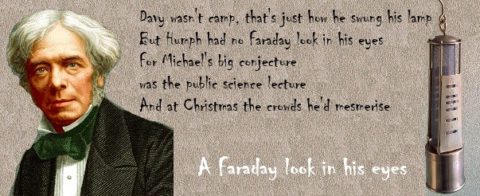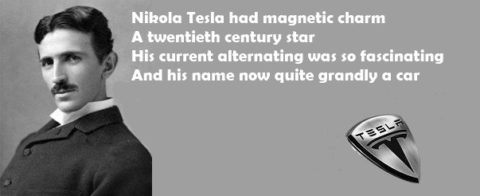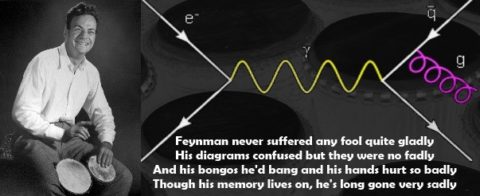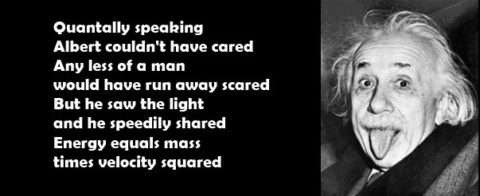We’ve got it all wrong, it seems. We invest millions in recycling centres, refuse sorting facilities, and in some parts of the world in assimilating every last scrap of metal, plastic, glass and feeding it back into the system as usable source materials whether that’s for plastics recycling, remanufacturing, metal melting and smelting or simply grinding up green glass to make grit for under-road hardcore. Instead, we should be designing from the perspective, not of making products recyclable, but of making out lifestyles sustainable.
Obviously, this is easier said than done. After all, millions of people want the latest shiny toys, the smart phones to map their social networks, plot their routes around strange cities, and even call their friends for a chat. Millions hanker after the low-energy, efficiency-rated white goods that wash whiter, dry faster and purportedly make for domestic bliss, although the low-cost robot that loads and empties the dishwasher and irons its own dustcover is yet to be released on to a market that waits with baited breath, freshened with the autoflossing electric toothbrush.
It is time we overcame the idea that we – in the Western, Eastern, Northern and Southern world, developed or otherwise – must seek at the latest and greatest if we are to have happy fulfilled lives. There are, it seems, just too many issues that must be addressed before we can stop worrying. Dwindling fossil fuels, fracking friction, nuclear incidents, turbine trouble, cracked solar panels, rising sea levels, flooding, drought, oh and the relatively smaller matter of much of the world concerned with attacking its neighbours for whatever reason. Nevertheless, writing in the International Journal of Sustainable Design, Christa Liedtke, Johannes Buhl and Najine Ameli of the Wuppertal Institute for Climate, Environment and Energy in Germany, argue that instead of focusing on objects, designers must adopt a user-centric perspective. “A sustainable design of products and services requires the integration of production-orientated (efficiency and consistency) and consumption-orientated (sufficiency) strategies,” they explain. They introduce the concept of an indicator that can assess total lifecycle of a product and that can then integrate design and engineering into a strategically sustainable approach. “The goal is not to design sustainable products but rather to design systems that manage to foster sustainable lifestyles,” they say.
The team estimates that to provide a sustainable world, our lifestyles need an order of magnitude shift downwards in terms of the resources each of us in the West, and a growing number elsewhere in the world, use each day. An entirely new approach to design and products as well as a paradigm shift in our perspective as disposable consumers with an eye on the recycling centre will be needed. Recycling is not enough, we have to some design out desire…
 Liedtke, C., Buhl, J. and Ameli, N., “Designing value through less by integrating sustainability strategies into lifestyles,” Int. J. Sustainable Design, 2013, 2, 167-180.
Liedtke, C., Buhl, J. and Ameli, N., “Designing value through less by integrating sustainability strategies into lifestyles,” Int. J. Sustainable Design, 2013, 2, 167-180.







 Â
  In Robert Llewellyn’s eagerly awaited sequel to News From Gardenia, erstwhile engineer Gavin Meckler is trying to get back to the present in his Youneec aircraft, but something is amiss. He soon realises he has travelled sideways through time to another possible future, as unlike his visit to 2211 “Gardenia” as our own era.
In Robert Llewellyn’s eagerly awaited sequel to News From Gardenia, erstwhile engineer Gavin Meckler is trying to get back to the present in his Youneec aircraft, but something is amiss. He soon realises he has travelled sideways through time to another possible future, as unlike his visit to 2211 “Gardenia” as our own era.